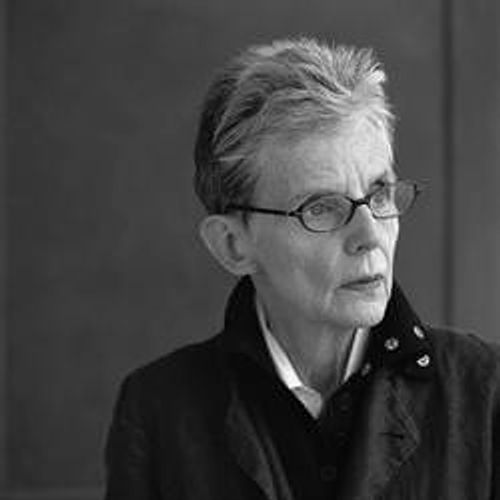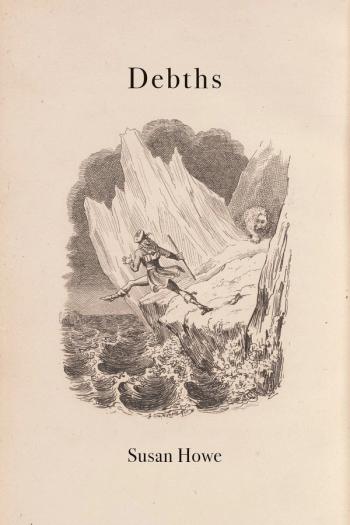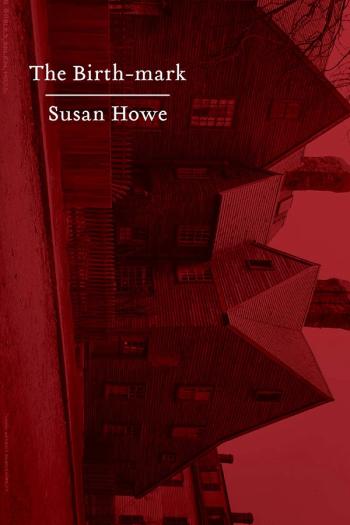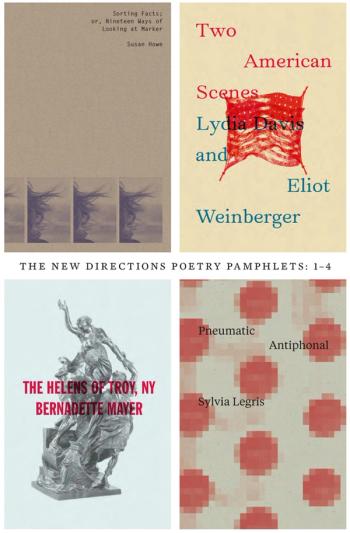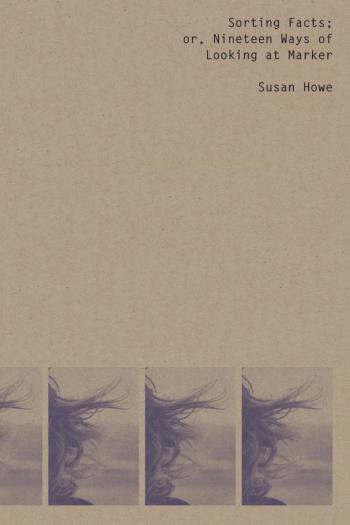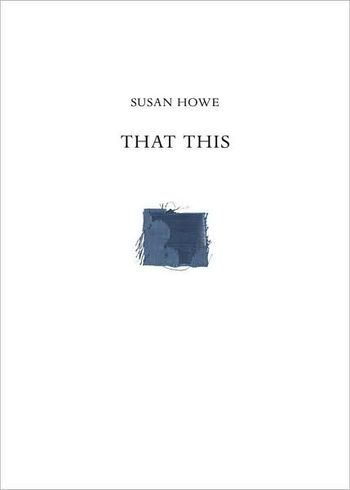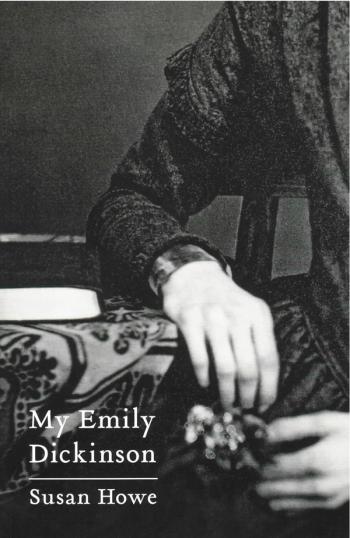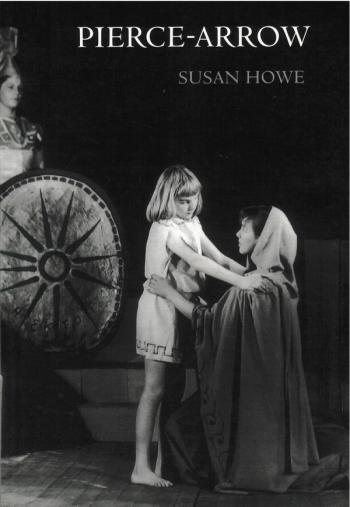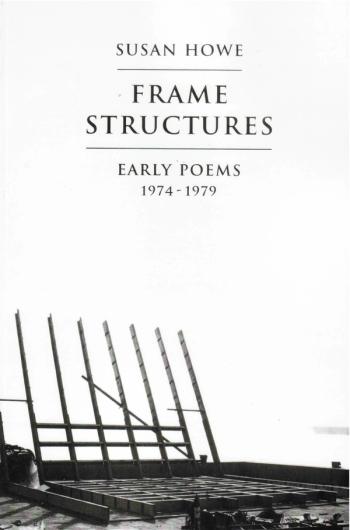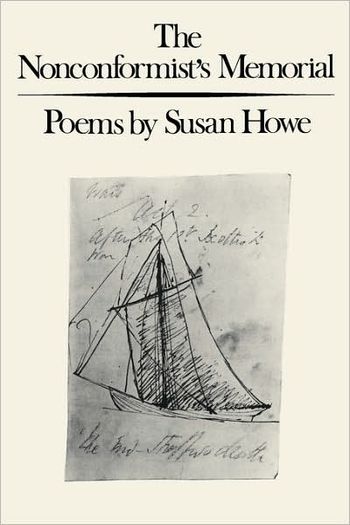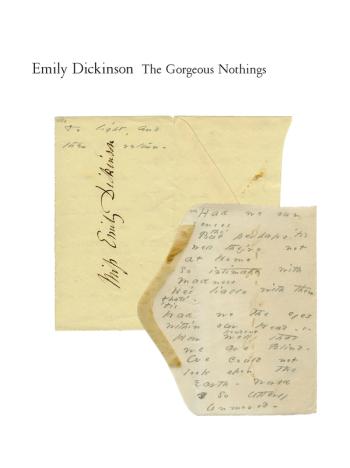Edited by Jen Bervin and Marta Werner
With a contribution by Susan Howe
The Gorgeous Nothings — the first full-color facsimile edition of Emily Dickinson’s manuscripts ever to appear — is a deluxe edition of her late writings, presenting this crucially important, experimental late work exactly as she wrote it on scraps of envelopes. A never-before-possible glimpse into the process of one of our most important poets.
The book presents all the envelope writings — 52 — reproduced life-size in full color both front and back, with an accompanying transcription to aid in the reading, allowing us to enjoy this little-known but important body of Dickinson’s writing. Envisioned by the artist Jen Bervin and made possible by the extensive research of the Dickinson scholar Marta L. Werner, this book offers a new understanding and appreciation of the genius of Emily Dickinson.
MARJORIE PERLOFF on The Gorgeous Nothings from the TLS Books of the Year 2013.
My book of the year is the just published The Gorgeous Nothings (New Directions), which reproduces Emily Dickinson’s fifty-two extant envelope writings (from the Amherst College Library) in life-sizefull-colour facsimile, edited by Dickinson scholar Marta Werner and book artist Jen Bervin, with a terse and brilliant preface by the poet Susan Howe. Originally published by Granary Books, the New Directions edition, modestly priced, is a masterpiece of design and exacting scholarship. Dickinson, remember, only published ten of her more than 3,000 poem drafts and fragments in her lifetime: the manuscripts have thus proved to be of consuming interest. Together with the newly launched online Dickinson archive, this particular instalment of late work should be enough to convince even the most recalcitrant reader that for this great poet, spatial arrangement, gestural punctuation, and eccentric word design are central to meaning. Look at the spacing of poem draft A277, inscribed in pencil on both sides of a slit-open envelope: “that fondled them when they were Fire / will gleam and understand”, with the variant word “stir” above a wavy line in the upper-right. Visual poets around the world will soon be mining these endlessly suggestive fragments.
